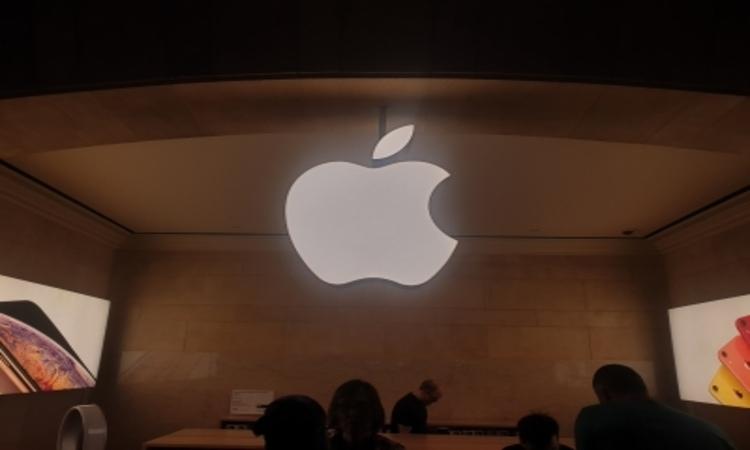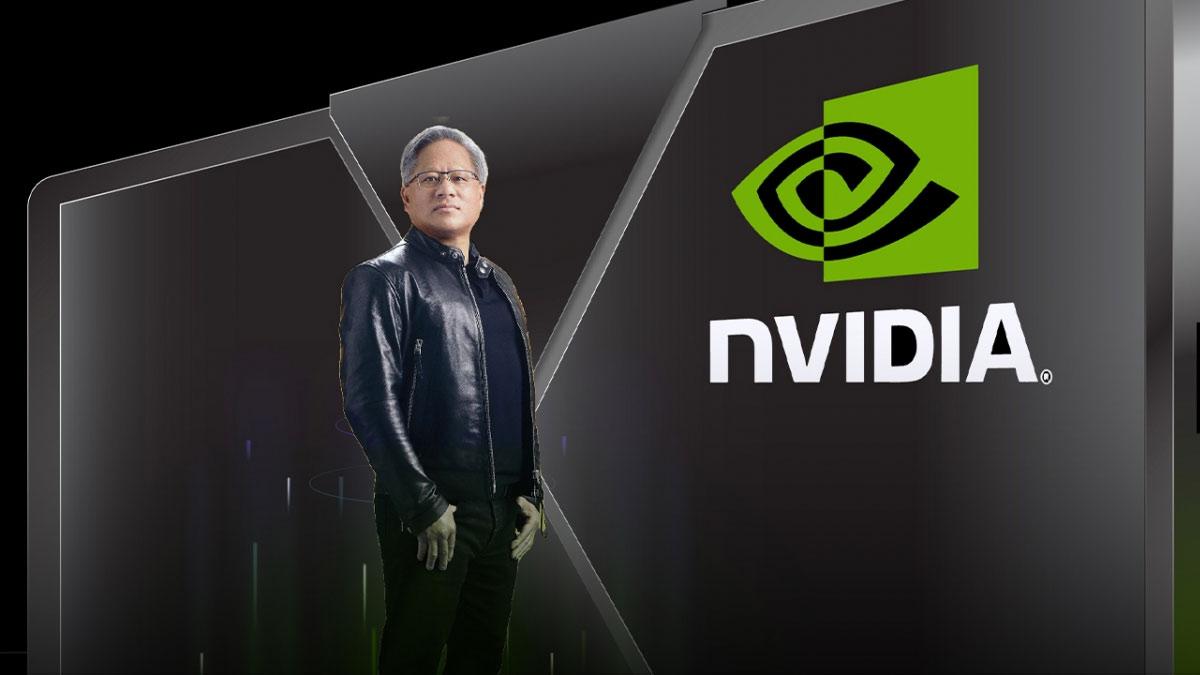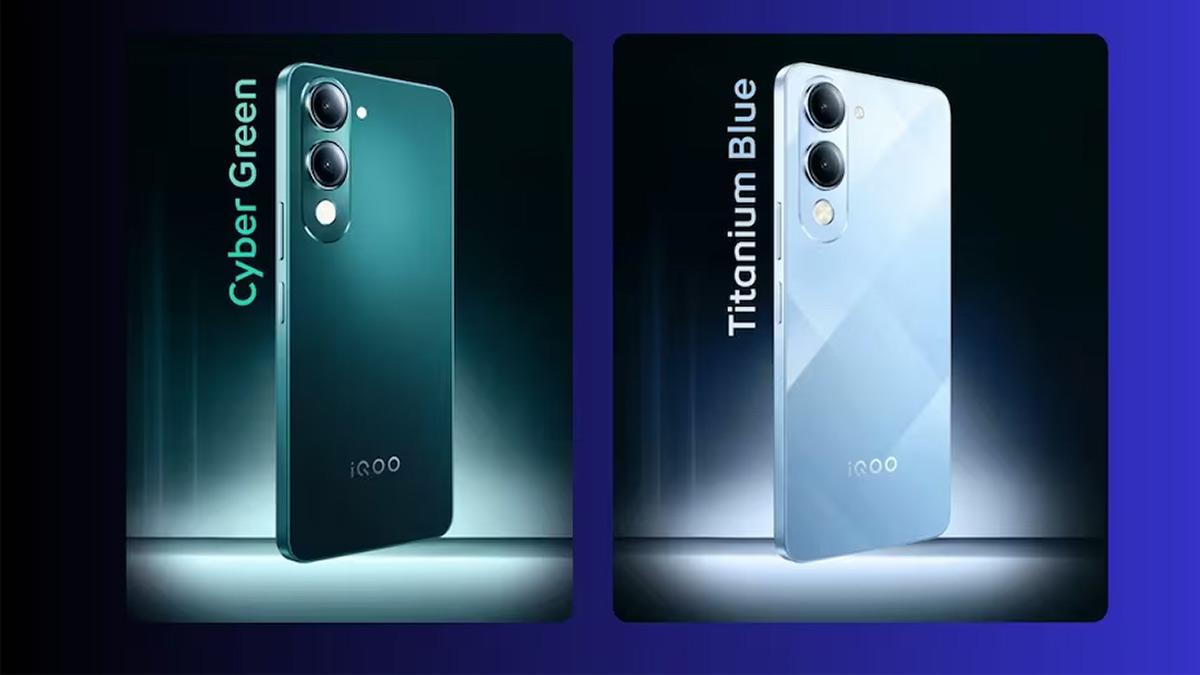Apple is working on the most advanced chips for its unannounced AR/VR headset and now a new report has claimed that the headset would feature advanced micro OLED displays.
Micro-OLED displays are built directly on to chip wafers rather than a glass substrate, which results in displays that are thinner, smaller, and more power efficient, reports MacRumors.
Micro OLED displays have a much faster microsecond response time which is good for augmented reality (AR) and virtual reality (VR) applications.
Also Read | NSE fraud case: CBI arrests Anand Subramanian
A recent report also claimed that Apple has partnered with TSMC to develop "ultra-advanced" micro OLED displays for "upcoming augmented reality devices."
The headset will focus on gaming, media consumption, and communication.
It will have two processors, one with the same level of computing power as M1 along with a lower-end chip to handle input from different sensors.
The headset may come with at least six-eight optical modules to simultaneously provide continuous video see-through AR services.
Also Read | Canon launches new printer in India for Rs 37,995
The upcoming Apple headset will be similar to the Oculus Quest, and some prototypes being tested include external cameras to enable some AR features.
It may feature at least 15 camera modules, eye-tracking, possibly iris recognition, and could cost between $2,000 and $3,000.


















